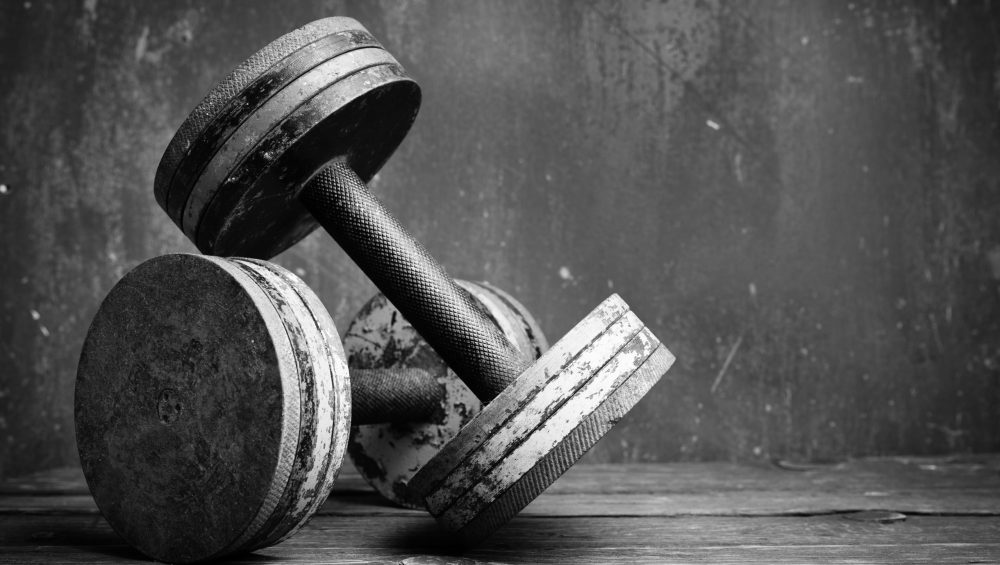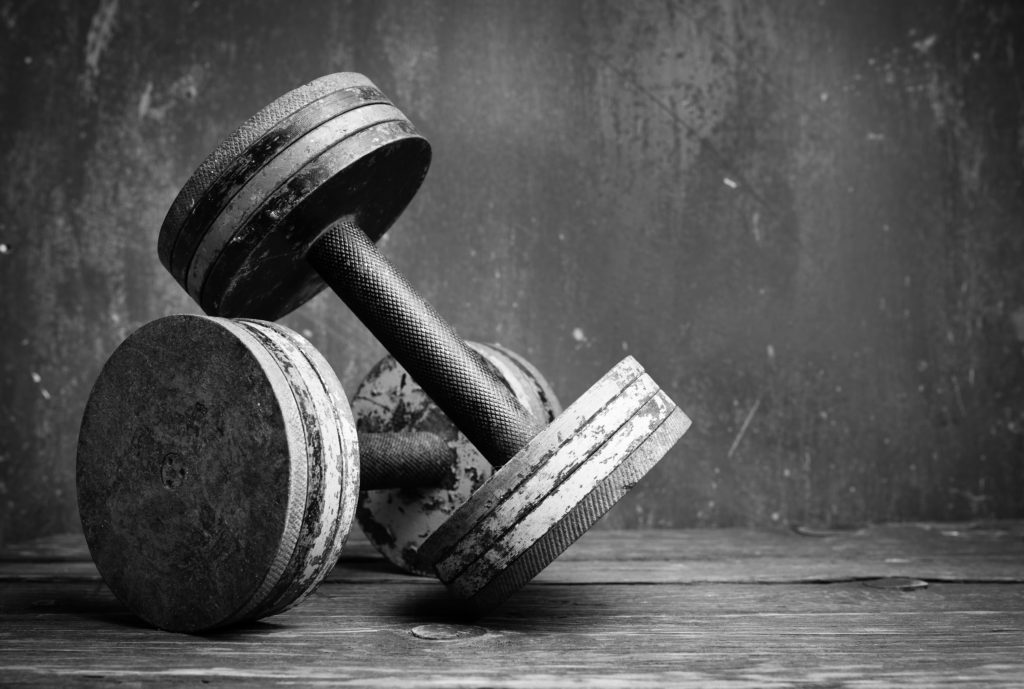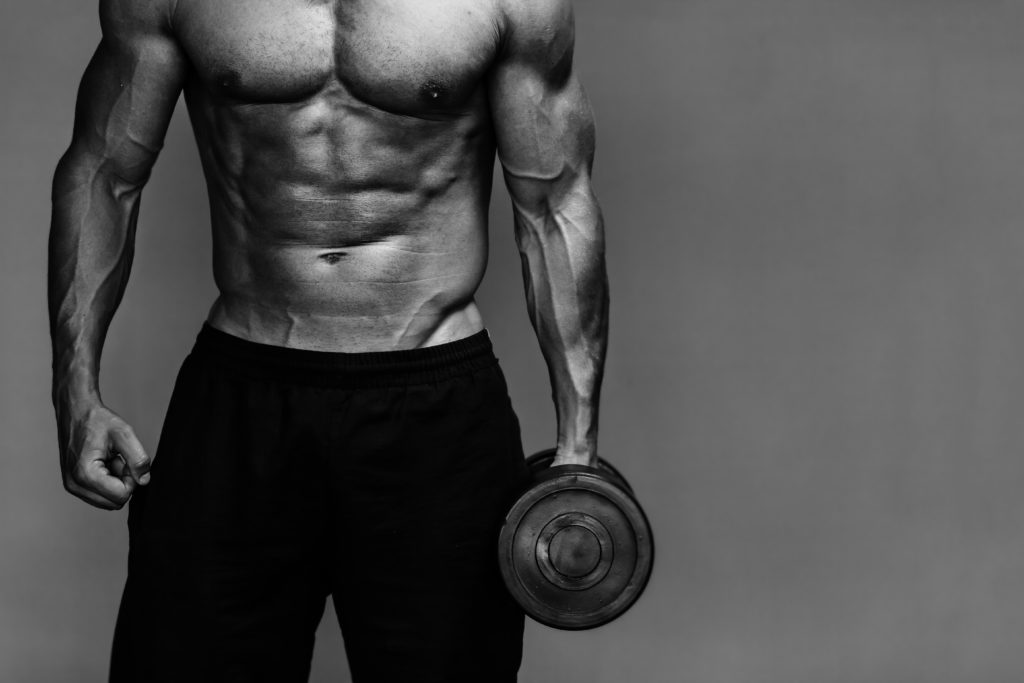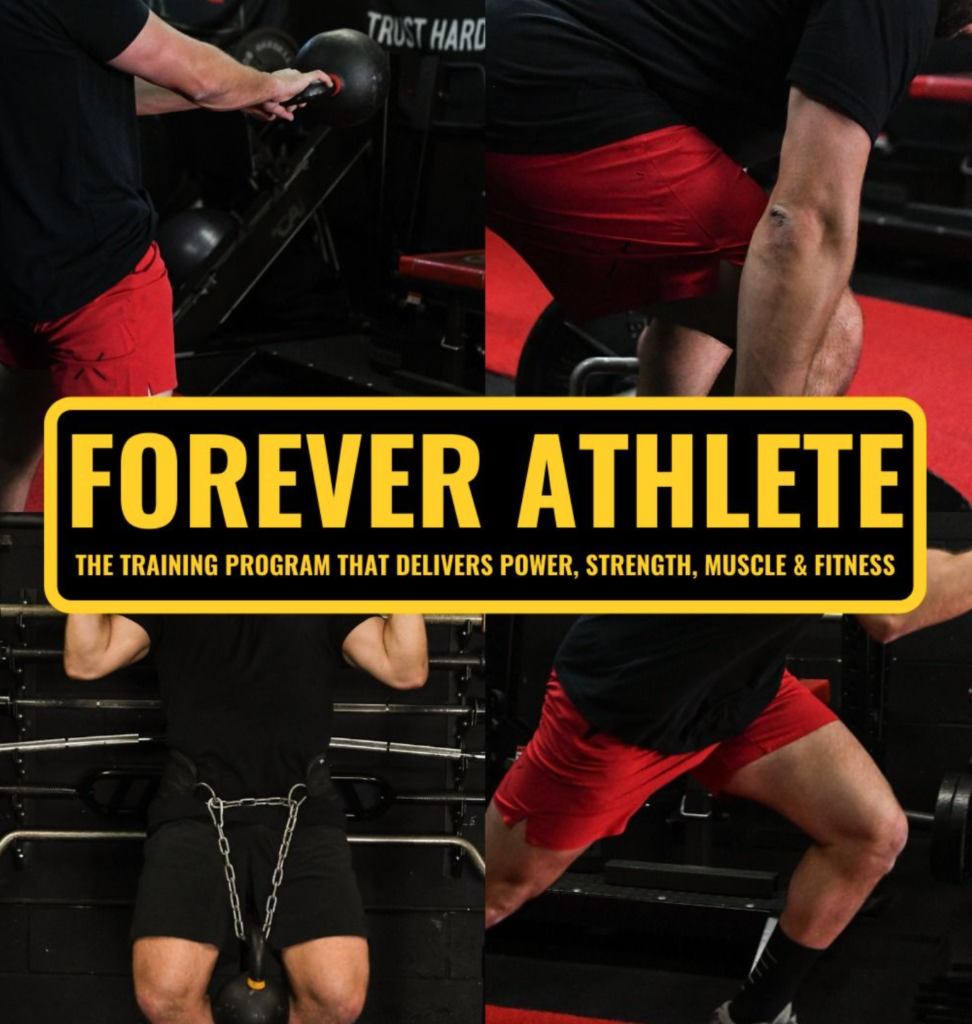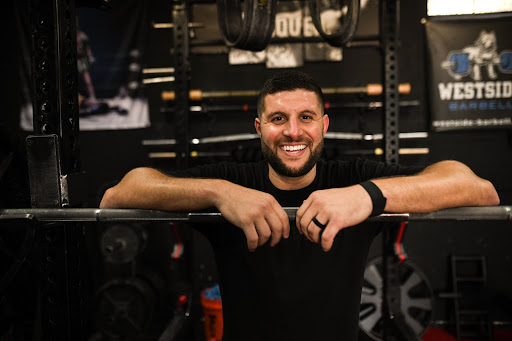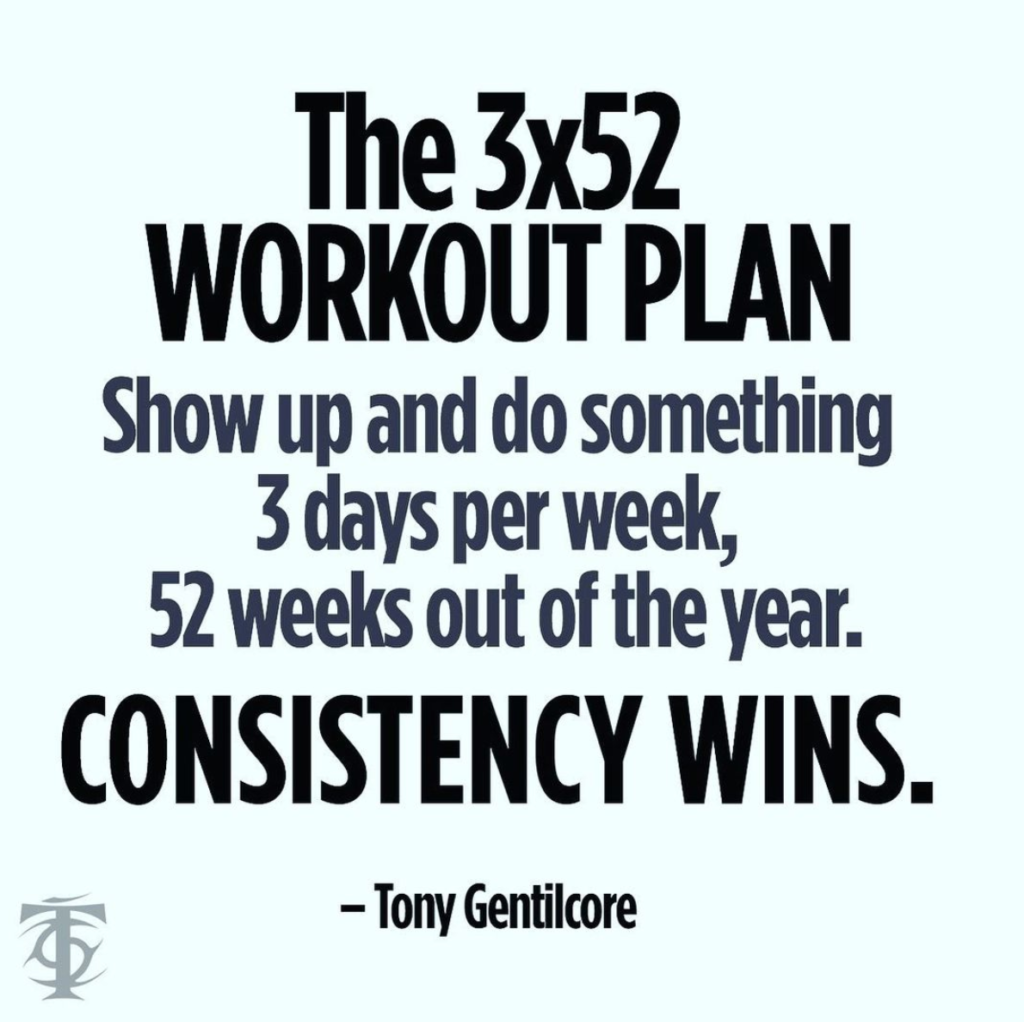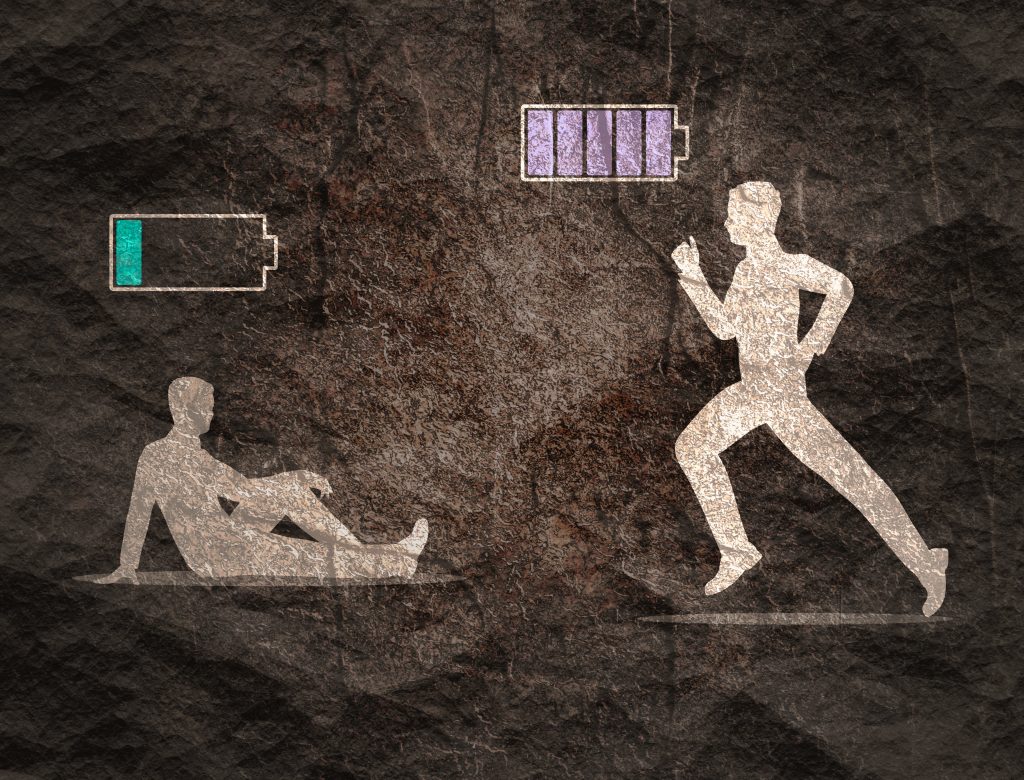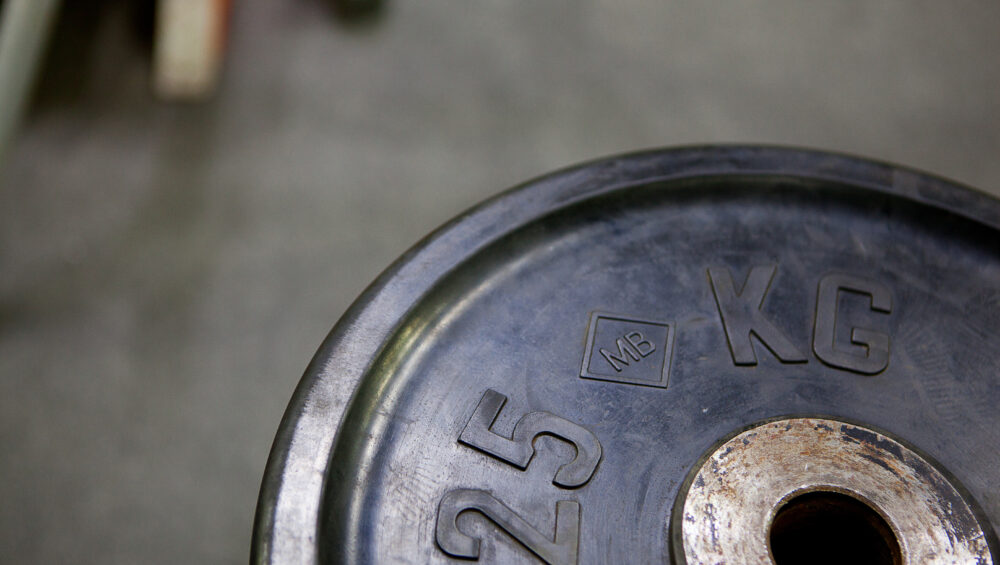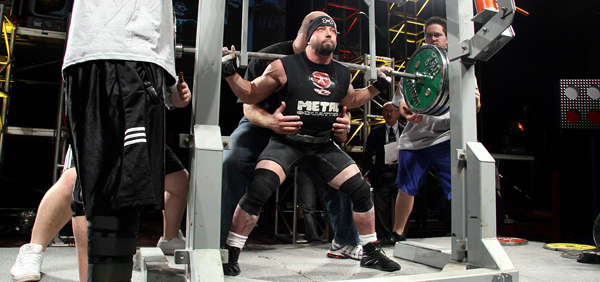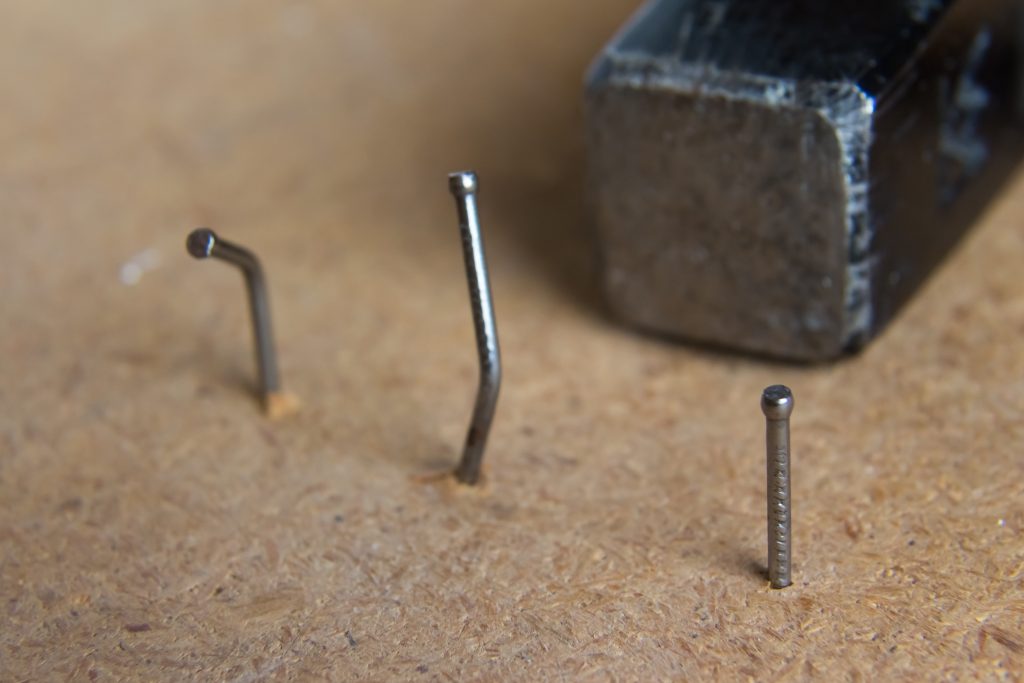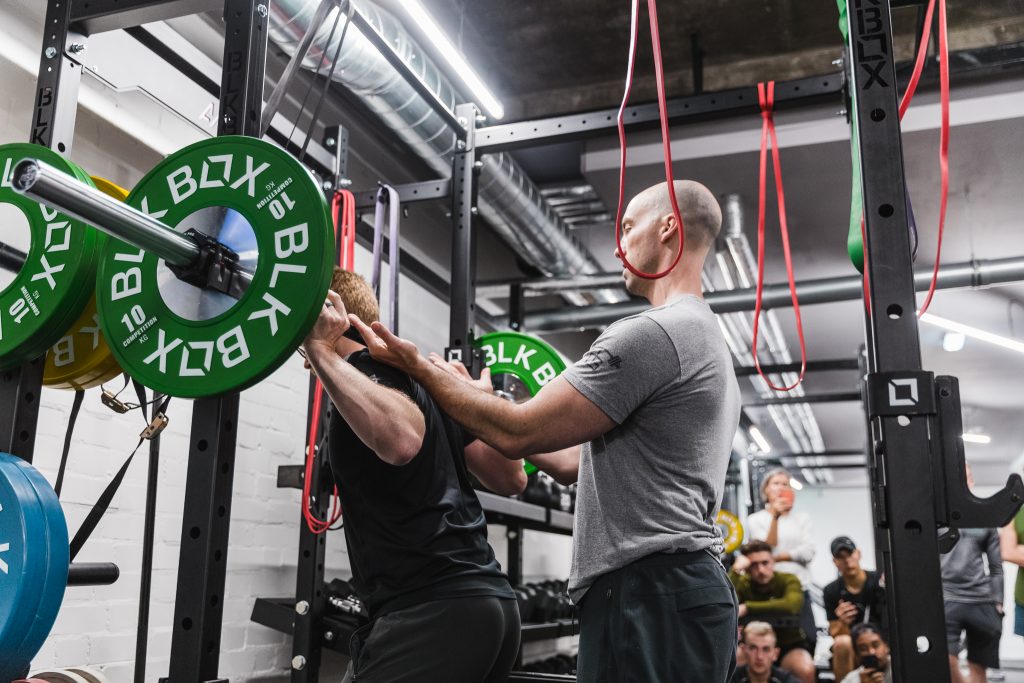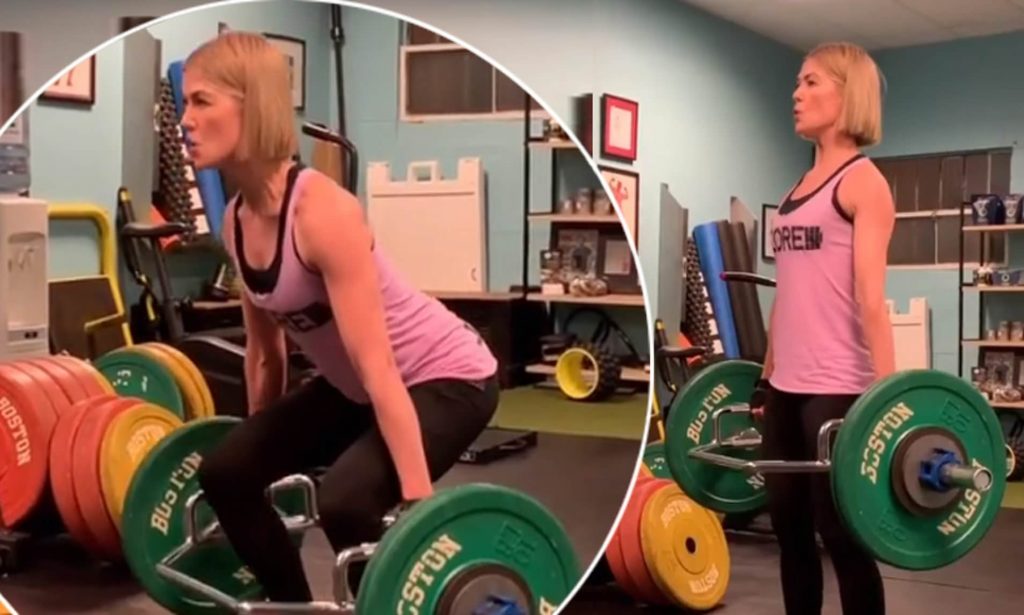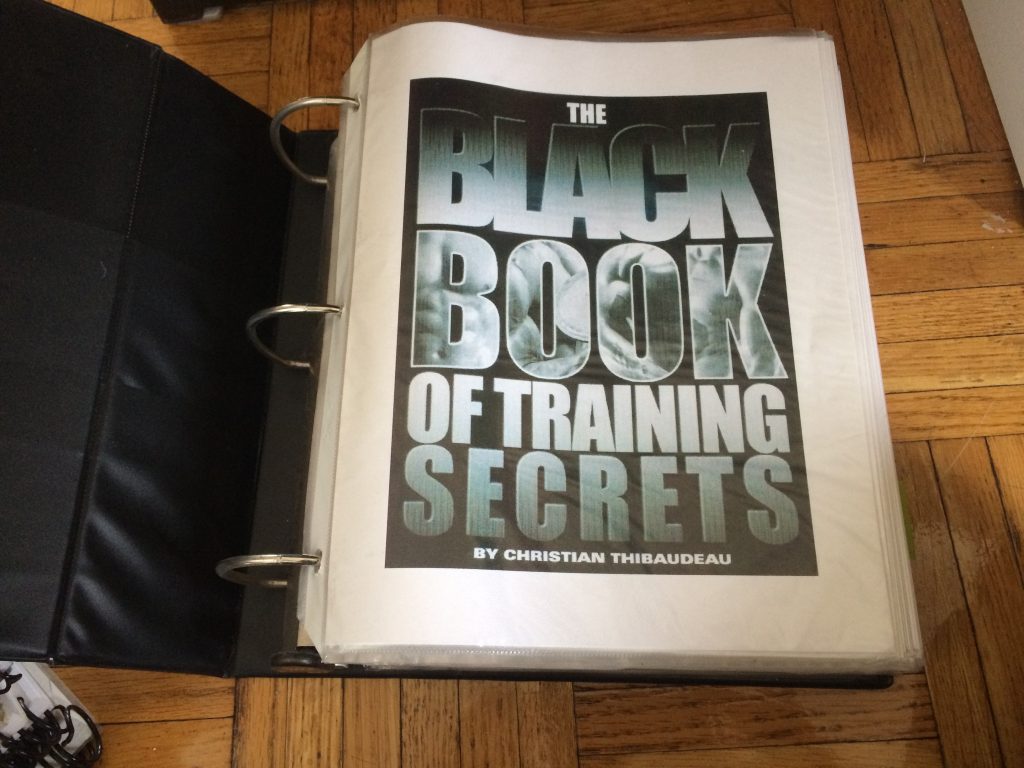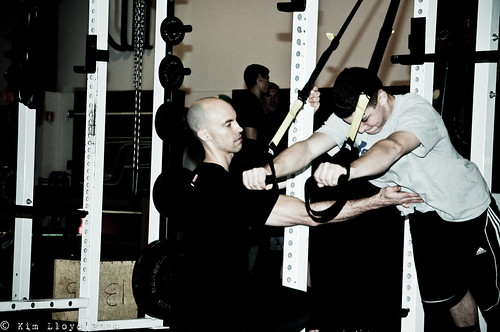The answer is easy: Tell them to add more weight to the barbell.
LOLOLOLOL.
I’m kidding (sort of).
Facetiousness aside1, I wanted to spend some time discussing a few strategies you can (hopefully) implement today that will make the training programs you write for your athletes and clients more successful.

6 Ways to Instill Success In Your Clients’ Training Programs
“Successful” in this context means 1) your clients continue to show up (bills need to be paid, yo!), 2) your clients don’t hate you (most of the time) and 3) as a corollary to your Jedi-like coaching skills, you turn all your clients into deadlifting Terminators.
I.e., they get results.
We often bog ourselves down harping over details like optimal exercise selection, exercise order, set/rep schemes, rest intervals, or even which type of muscle fibers are firing during which exercise.
Of course, this is not to insinuate all of the above aren’t important, they are. Except maybe the last one. If you’re going into that much detail with your coaching on something that won’t matter of 99.2% of the population, it’s safe to say you might be over-thinking things.
However, as fellow fitness pro Jonathan Pietrunti noted on my Facebook wall recently:
“If we don’t focus on bolstering the client’s intrinsic motivation and fostering self-efficacy, they aren’t going to show up for long, regardless of how awesome are programming is on the movement/physiological side of the house.”
You can design something worthy of a Program Design Pulitzer, but if your client would rather wash his or her’s face with broken glass than perform another front squat or set of bench pressing with tempo contrast, you’re failing.
You’re failing, hard.
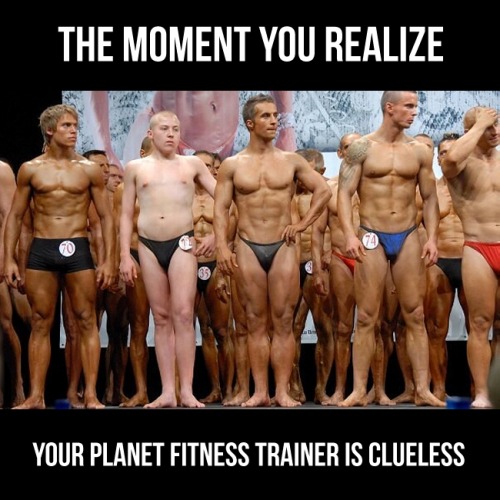
1. Understand People Are Different (and That They’re Not You)
- Powerlifters like to train people like powerlifters.
- Bodybuilders like to train people like bodybuilders.
- Kettlebell aficionados like to train people with kettlebells.
- CrossFitters like to do #whateverthefuck.
Any well-thought out training program should fit the needs and goals of the client.
That goes without saying.
A mistake I find many fitness professionals make is that they write programs catered to what they like or how they prefer to train.
I don’t feel this is wrong per se; it’s only natural to default to your strengths and/or personal beliefs and methodologies. Where it becomes a problem is when we gravitate towards a specific modality at the expense of, well, everything.
I remember having a conversation with one of my young athletes recently who’s a rather big dude for his age. He mentioned in passing (and I am paraphrasing here) that his football coach wanted everyone to squat the same way:
- Same foot width.
- Same stance.
- Same bar position.
- Like a bunch of robots
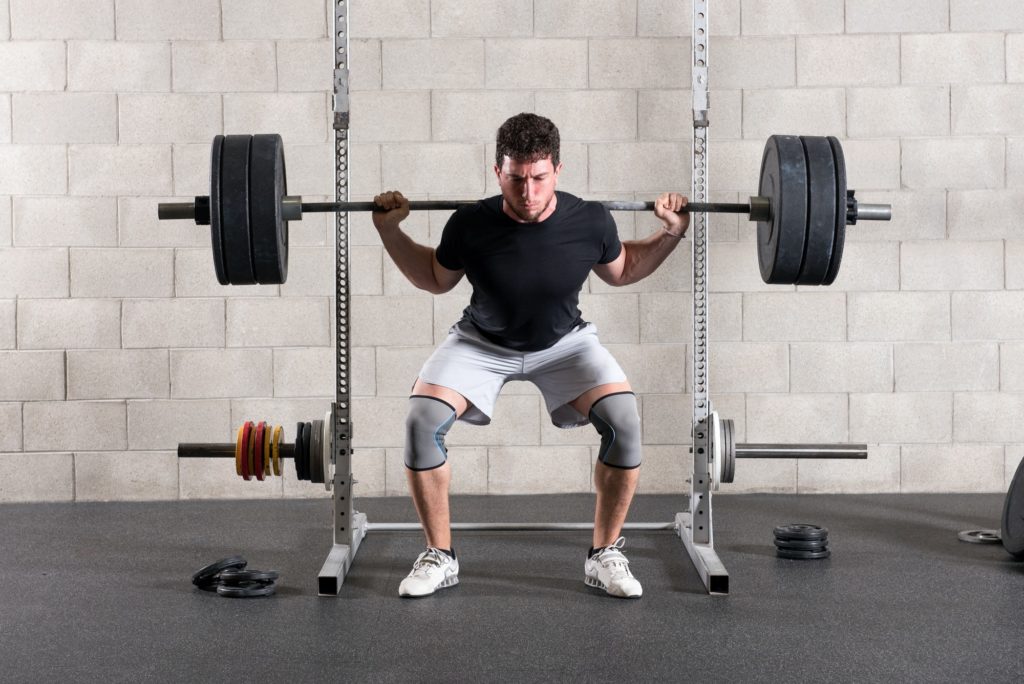
He then demonstrated the exact stance his coach told him to use and maybe hit 70 degrees of hip flexion.
Let’s just say that if what he showed me was seen at an FMS workshop, people would become visibly sick to their stomachs.
I simply asked him him to widen his stance significantly and to externally rotate his feet a bit so his toes pointed outward.
He was able to hit a beautiful depth. Thus saving himself from the wrath of internet warriors everywhere.
(NOTE: I am not a depth Nazi. To me squat depth is arbitrary and all I am really concerned with is someone finding whatever depth they’re able to “own” & control. If it’s past 90 degrees, cool. If not, that’s cool too.2Either way we’re going to train the hell out of it.
The point being: If he had followed his coach’s poor squatting advice, assuming everyone is supposed to squat the same way, he may have never realized his full potential.
Everyone is different, and it’s important to respect unique leverages and anthropometry as it relates to not only squatting, but any lift.
Programming based around your client’s goals is paramount. But it’s also important to tweak any lift to fit the needs (and abilities) 0f the trainee, not vice versa.
2. Ensure Success in Every Session
This seems a bit redundant, I know.
“You write a post on how to instill success in a training program and you’re telling me in order to do so I need to….ensure success? Wow, Tony, that’s revolutionary. What’s next: telling me that in order to improve my vertical jump I should jump higher?”
The best analogy I can offer is the whole concept behind “girl push-ups.”
No, I’m not referring to a woman performing push-ups, which would make sense. Instead, I’m referring to the lame premise of women performing push-ups from their knees. I.e., “girl push-ups.”
I hate the connotation and message this sends.
Oh, you can’t do an actual push-up? That’s okay, lets pander to societal norms on engenderment, plant the idea in your head at an early age that women must train differently from men (flexed arm hang test vs. chin-up test), and do “girl push-ups” rather than take the time to coach and progress you accordingly.
If I’m working with a female client and she can’t perform a push-up (from the floor) – usually due to a core weakness or lack of lumbo-pelvic-hip control – I find it more productive to OMIT the “you’re a girl so lets do this instead” mantra, and instead demonstrate to her that she can do the exercise.
Either by having her perform elevated push-ups in a ROM where’s she successful, or possibly having her perform a band-assisted push-up, like so:
In both scenarios I’m addressing the actual weak-link (a weak core, or the basic novelty of the exercise) and not just tossing my hands in the air and relinquishing programming control to the fact she has a vagina.
I’m coaching.
And not only that I’m going out of my way to ensure a sense of accomplishment/success in each session.
This, my friends, is the key.
That and…..
3. Building Autonomy
Autonomy is the love-child of good coaching (and giving a shit).
Despite what some fitness pros may think, people aren’t paying you to count reps, they’re paying you to COACH.
On numerous occasions I’ve had new clients be taken aback when they realize I’m not counting their repetitions.
I’m too busy watching and coaching to count their reps.
Furthermore, I’ll tell all new clients that my goal is for them to “fire” me at some point. Not because I did something creepy like forget to wear pants, or, I don’t know, play Coldplay during heavy deadlifts.
No, I want them to (eventually) no longer need my services.
I want to make them their own best asset and advocate.
I want them to go on vacation or walk into a random gym and be able to “MacGyver” a workout in any scenario…whether we’re talking a fully-equipped training mecca or a rinky dink hotel gym that has nothing but a treadmill, dumbbells up to 35 lbs, and a roll of duct tape.
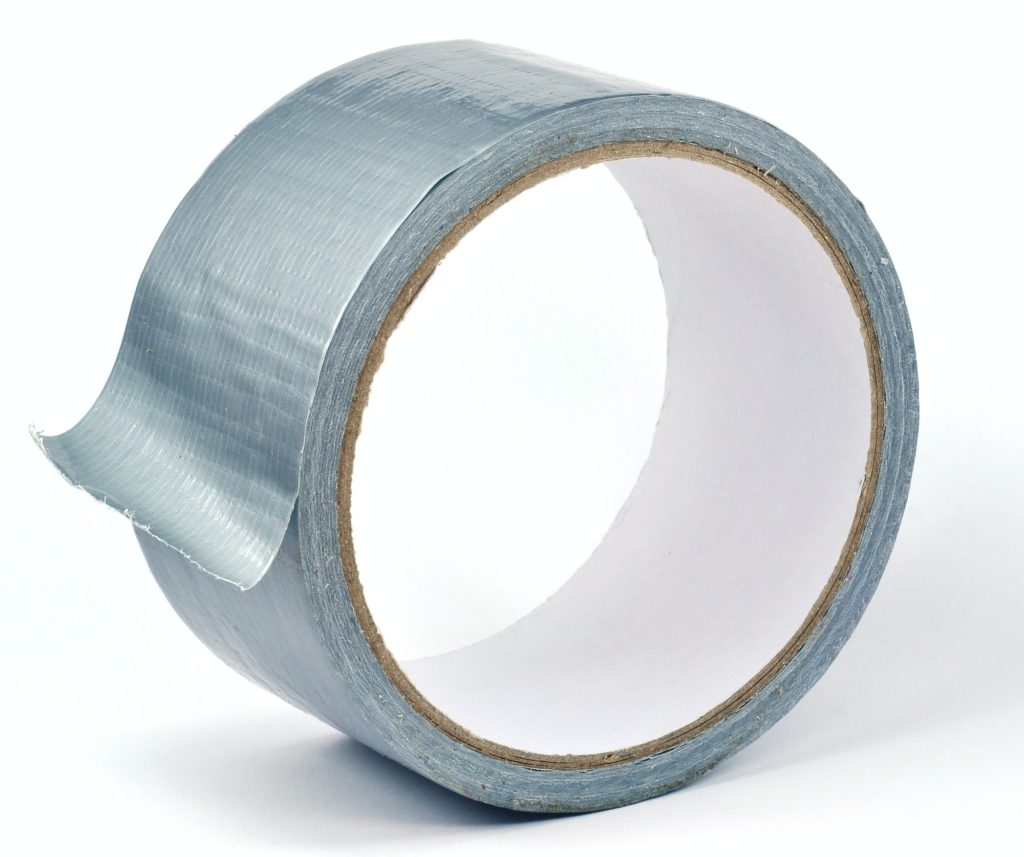
Dan John often speaks to program design being stripped down to nothing more than the squat, hip hinge, push, pull, single-leg variation, and carry.
Teach your clients that.
Force them to marinate in learning each category and what exercises belong where. In doing so they’ll eventually be able to jimmy-rig a workout without batting an eye.
They’ll become autonomous.
And a funny thing will happen: they’ll end up staying with you anyway because they understand the value you bring being a coach that actually coaches.
4. Provide Choice
I wrote about the power of choice in THIS article.
As it relates to providing fitness and program design services this can be a double-edged sword because:
- If people knew what they were doing they wouldn’t hire us to make choices for them.
- It’s often in their best interests to be told what they need to do and not what they want to do.
Taking away choice behooves them.
On the flip side, it can behoove us, the fitness professional, to offer some choice.
This can mean giving them the choice to pick their main lift of the day – Squat? Deadlift? Maximal frisbee toss?
Or maybe giving them the choice to pick the mode of the exercise. Say, a KB deadlift or a trap bar deadlift?
In the same vein, I’ve compromised with clients and “rewarded” them with a 5-10 minute window of doing whatever the they want – judgement free.
- For many of my guys it’s all about the gun show – bis and tris baby!
- For my ladies they’ll often congregate at the Hip Thruster
Whatever the case may be, offering your clients some choice is a splendid way to keep them motivated and engaged in their training.
5. Celebrate the Small Victories (Regardless of How Small They Seem)
I like to call this the Todd Bumgardner rule; although he has a much better way of stating it:
“Demonstrate unconditional positive regard.”
When I travel and workout at various commercial gyms I can’t help but observe other trainers in action.
Some are amazing. They’re engaged, actively coaching, and paying attention to their client, offering feedback and encouragement whenever it’s needed.
Others are, well, pretty shitty.
There’s zero effort in providing feedback. And if there is, it’s generally nothing more than a casual “nice job” or “way to go.”
Celebrate the small victories!
You don’t need to do back flips or Parkour of the power racks when a client keeps their chest up during a squat.
But would a little enthusiasm hurt?
6. Simplicity For the Win
Consider this final point the Mise en place of the entire article.
I had a client admit that she was “frustrated” by the simplicity of the program I wrote for her. I took no offense, because it happens often.
Fast forward a few weeks, “Tony, I feel stronger and my lifts are going up!”
Strength coach nods approvingly.
I’m not the first to state this, but people tend to fall into the trap of adding stuff into their programs for the novelty, almost always at the expense of failing to take something OUT.
You can’t just keep adding more and more to a program and expect to make progress. Get rid of the superfluous BS that serves no purpose.
Choose ten exercises. Any ten. I don’t care.*
A mix of multi-joint and isolation.
Attack them. Master them. Focus on getting stronger in those ten. Other exercises will come & go, but don’t deviate from those ten.
Watch. Good things will happen.
* Except kipping pull-ups.
— Tony Gentilcore (@tonygentilcore1) March 30, 2022
Moreover, fancy or elaborate looking exercises don’t equate to better. They great at receiving likes and vast applause on social media, but rarely do such exercises elicit actual results.[/efn_note]And I guaran-fuckin-tee that the person who posted the video doesn’t perform or utilize the exercise themselves in their own training.[/efn_note]

